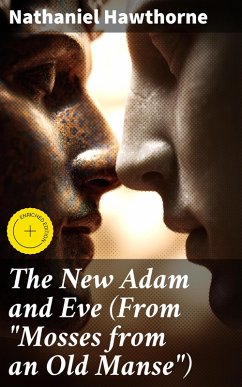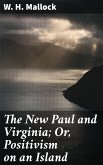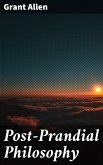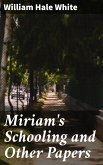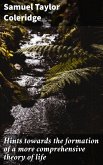In "The New Adam and Eve," included in his collection "Mosses from an Old Manse," Nathaniel Hawthorne invokes themes of rebirth and self-discovery through a richly woven narrative that explores the complexities of human nature and moral existence. Employing a lyrical prose style intertwined with allegorical elements, Hawthorne presents an imaginative retelling of the creation narrative, juxtaposing innocence with the burdens of knowledge. This reflective piece prompts readers to question the very essence of humanity, examining the dichotomies of good and evil while embedded within the lush, pastoral backdrop characteristic of American Romantic literature. Nathaniel Hawthorne, one of the leading figures of 19th-century American letters, draws from his Puritan heritage and the tumultuous political climate of his time to inform his work. Known for his fascination with the darker aspects of human psychology and the moral dilemmas faced by individuals, Hawthorne'Äôs storytelling is steeped in allegory and symbolism. "The New Adam and Eve" exemplifies his ability to bridge personal introspection with broader philosophical queries, reflecting his engagement with transcendentalist thought while wrestling with his Puritan roots. This captivating piece is highly recommended for readers seeking to delve into the intricacies of human identity and morality, offering a profound meditation on the state of humanity. Hawthorne'Äôs lyrical prose not only enchants but also challenges the reader to reflect on the eternal quest for self-understanding, making it a timeless exploration of existential inquiry.
Dieser Download kann aus rechtlichen Gründen nur mit Rechnungsadresse in A, B, BG, CY, CZ, D, DK, EW, E, FIN, F, GR, H, IRL, I, LT, L, LR, M, NL, PL, P, R, S, SLO, SK ausgeliefert werden.

